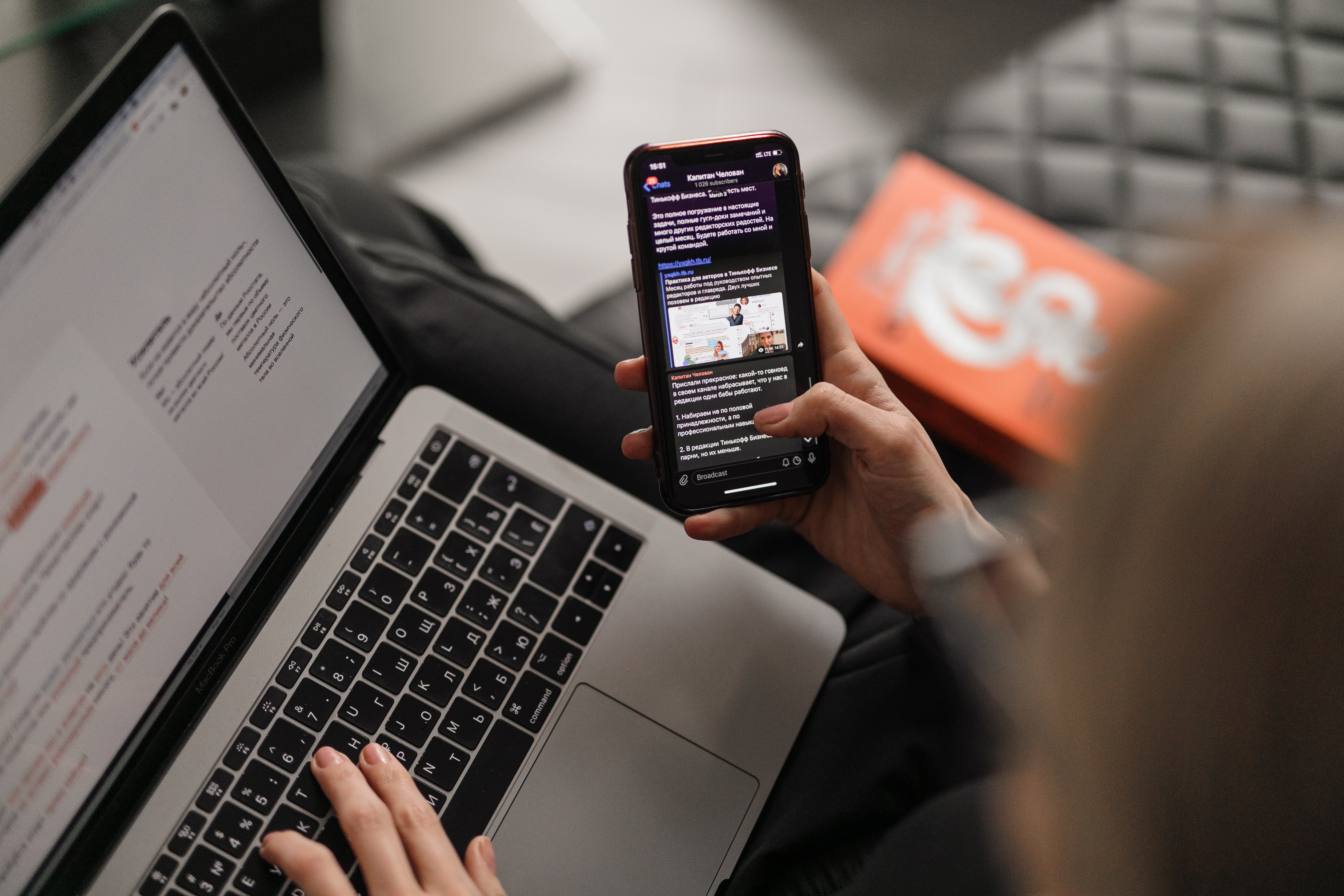I remember the day a colleague first said it. “From smart working there is no turning back.” I have to admit that this idea didn’t take hold right away. It remained as a sort of afterthought for the next few months, gradually settling in and fueled by the new evidence that day by day was making its way into the stories of clients and other colleagues.
For many, smart working has been an obligatory interlude, a safety measure linked to the emergency. Something that has disrupted established routines and practices, adding to the feeling of uncertainty and lack of control that was already widespread on a personal, social and political level.
I am convinced that for many, the goal is to leave it behind as soon as possible. Disrupting the logic of the office is, in some contexts, unimaginable. I’m always intrigued by hypotheses about the future that give confidence to change, even radical change, but I don’t think this will be the case, at least not everywhere. So from smart working there is going back. I’ll tell you why!
But what if my colleague was right?
If we put it this way, what my colleague was saying months ago (and if I think about it, maybe even at the beginning of March!) would undoubtedly be a good insight, but an insight that doesn’t speak to everyone. Opening the door to smart working and all that it entails in terms of organizational design is not a small thing. Just think of the implications in terms of processes, team management methods and digital tools. Not to mention the impact that such a change would have on the corporate culture and individually on all the people in the organization.
As I said, however, my colleague’s statement stuck with me and made me keep my eyes open. Or, in the tradition of Peoplerise, eyes, mind and heart open. What we’ve gone through over the past few months has made me realize that no, dismissing everything as a minor parenthesis is simply not possible.

Maxim Ilyahov by Unsplash
What is changing for employees?
There are those who really have enjoyed working from home. As the Observatory on Smart Working of the Milan Polytechnic also points out, for many the most positive aspects have been linked to a better balance of personal and professional life, greater autonomy in organizing the day, and greater perceived job satisfaction.
For others, however, the negative aspects prevailed, such as the sense of isolation linked to the absence of relationships with colleagues, the difficulty in balancing work with the home environment and dynamics, or communication difficulties within the work teams.
In both cases, however, smart working has become a concrete possibility, even where it was previously unthinkable. For those who have appreciated it, this mode of working is now an available option, one more variable to consider when evaluating the appeal of a job position, based on the impact on their personal well-being.
But even the eyes of those who still prefer to work in presence have changed. The experience of the past few months has brought out the centrality of issues such as autonomy in organizing work, relationships with colleagues, and balancing personal and professional life. And from this awareness, no, there is no turning back.
What is changing for leaders and HR?
New contractual forms, remote leadership, self-organization, redesign of spaces, digitalization, internal communication and evolution of corporate culture. For those who open the door to smart working, this is a moment of profound transformation. And like any profound transformation, it requires care and a deep connection with the specifics of one’s own organizational reality.
But even those who choose to put this experience aside in favor of a return to ” normality” cannot ignore what has happened. The possibility of working remotely is now a variable on the table. A variable that will probably only become more important in guiding the choices of potential new future employees.
Furthermore, by talking with our clients, we realized how much a possible return to the office can have a positive impact on the system, if supported by a deep meaning. That is, guided by a principle that is consistent with the company’s values and culture and, at the same time, takes into consideration the issues that have emerged as crucial in the past few months.
Just think of the difference between an internal communication campaign oriented towards “Let’s go back to the office because the security emergency is over” versus one that values the importance of presence to promote professionally and personally enriching exchanges.
Remote working, Smart working, Wise working
There’s an important clarification to be made here: the term Smart Working is often used as a direct synonym for “remote work.” And unfortunately, we couldn’t be further away from the reality. This is well known by those who have spent the lockdown working from home under conditions that are anything but comfortable, juggling difficult family dynamics, technological limitations and teams that are disoriented by these new ways of working.
As we have already told you here, in these months at Peoplerise we have activated research and prototyping labs on various topics, including one focusing on smart working.
As we engage with clients and companies that are part of our ecosystem, the idea that this historic moment opens up the possibility of a profound rethinking of the way we understand work and organizations is gaining ground.
Being smart during these months has allowed us to find rapid solutions in response to the emergency. Now we have the opportunity to move to a wise approach, one that takes a 360-degree perspective of how the work experience can evolve.
Contact us to discuss it together!

